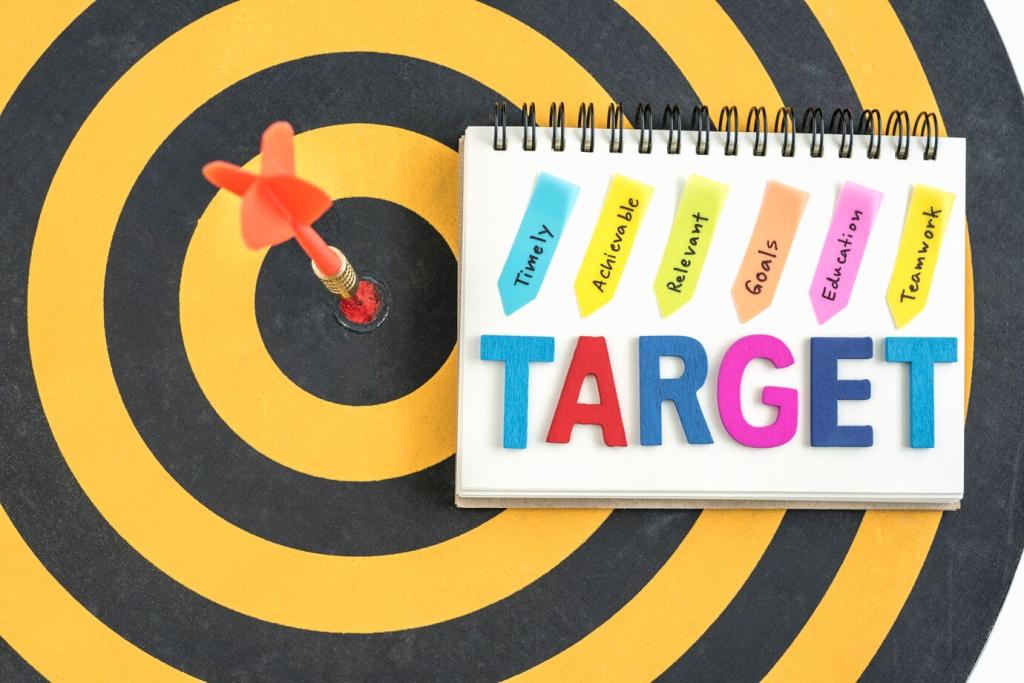Selected theme: Building Leadership Skills for IT Career Advancement. Step into practical strategies, lived stories, and repeatable habits that help you grow influence, ship outcomes, and progress from contributor to trusted technology leader. Subscribe for weekly leadership challenges and share your progress with our community.
From Engineer to Leader: The Mindset Upgrade
Leaders measure success by outcomes, not hours. Reframe your work from “finish feature X” to “move metric Y by Z%.” Ask how this code reduces risk, accelerates revenue, or improves reliability. Share your reframe in the comments and inspire another engineer today.

High-Impact Communication for Technical Audiences
Translating Complexity into Clarity
Lead with the outcome, then the trade‑offs, finally the details. Use a one-slide summary, a simple diagram, and three risks with mitigations. Replace jargon with examples. Record questions you could not answer and follow up within 24 hours to build credibility.
Listening Like a Leader
Practice the P3 loop: prepare, paraphrase, probe. Prepare by reviewing context, paraphrase to confirm shared understanding, and probe with open questions that surface hidden constraints. Close by naming the decision and next step. Invite teammates to challenge your summary for full alignment.
Written Communication That Scales
Write succinct status updates, RFCs, and decision records that future you will actually understand. Use problem, options, decision, impact, and owner. Prefer links over long threads. Invite async comments and document resolutions. Subscribe to receive a concise RFC template tested across multiple engineering teams.



Influence Without Authority
List key stakeholders, their goals, and concerns. Use a simple power-interest grid to plan updates and asks. Identify allies and potential blockers early. Schedule quick alignment touches before big meetings. Share your map format in the comments so others can adapt it to their context.

Coaching, Feedback, and Delegation
Feedback That Lands
Pair the Situation-Behavior-Impact model with feedforward. Be specific, timely, and kind. Ask, “What would make the next iteration stronger?” Close by agreeing on one action and a check-in date. Share your favorite phrasing for difficult feedback so others can borrow language with care.

Visibility, Ethics, and a Sustainable Pace
Tell the Story of Impact
Maintain a living portfolio: problem, your role, decisions, measurable outcomes, and lessons. Convert those stories into promotion packets and interview narratives. Track metrics that matter. Share one project you will document this month and tag a colleague who can add missing context.
Psychological Safety and Blamelessness
Run blameless postmortems that focus on systems, not people. Ask what made the mistake easy and the right behavior hard. Make learning visible with action items. Invite your team to practice gratitude rounds and see how honesty grows when fear leaves the room.
Boundaries Prevent Burnout
Leaders model sustainability. Protect deep-work blocks, set slack quiet hours, and rotate on-call. Normalize saying no with alternatives. Track your energy like a metric. Comment with one boundary you will set this week, and check back next Friday to report how it changed your focus.
